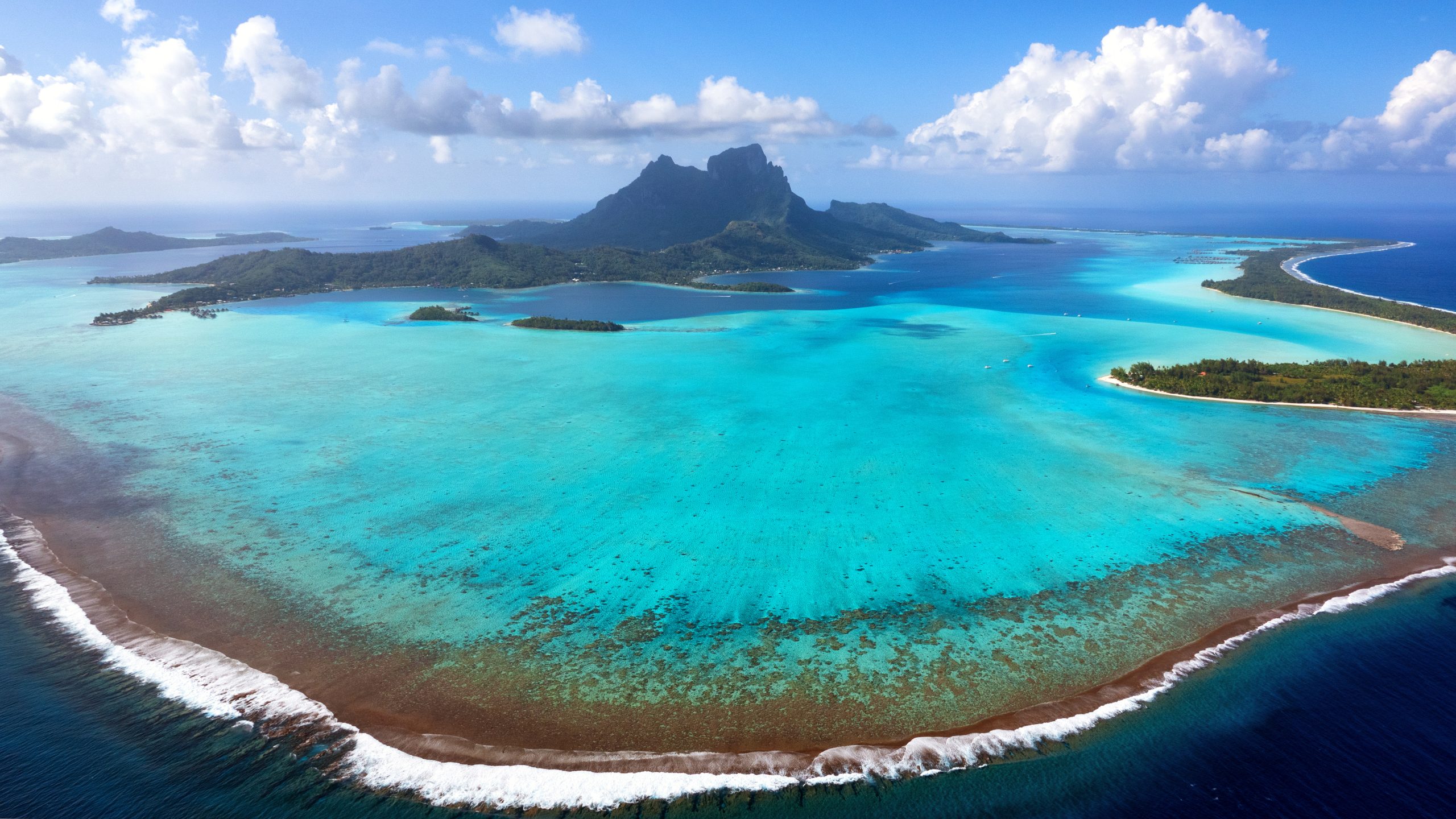News
The world’s largest marine protected area has been established in French Polynesia

News | Aug 2025
The designation demonstrates the vital role that Large Ocean States are playing in protecting ocean ecosystems.
From the coral reefs basking in sunlit surface waters that support a quarter of marine species, to the rare species enduring the extremes found in the deep, the ocean is brimming with biodiversity that is vital for all life on Earth. However, there is growing recognition that these species are exceptionally vulnerable to the mounting threats presented by pollution, climate change and overfishing.
The third UN Ocean Conference, which took place in June 2025 in Nice, France, helped push ocean issues higher up the international agenda. This, combined with recent high-profile productions like David Attenborough’s recent film Ocean, has helped provide critical momentum to the issue of ocean biodiversity conservation.
Yet for those whose lives are most closely tied to the ocean, these concerns are nothing new. Island states, particularly those in the Pacific, have long felt the impacts of rising seas, coral bleaching and shifting ecosystems, which have led to loss of homes and livelihoods. They are also threatening cultural identities and traditional practices.
It was in this context at the UN Ocean Conference that President Moetai Brotherson of French Polynesia announced new protections for the vast area known as Tainui Atea, which encompasses almost all French Polynesian waters and covers over 4.5 million square kilometres. These changes make Tainui Atea the largest marine protected area in the world.
These new protections encompass 1.1 million square kilometres. This includes two fully protected areas that prohibit all potentially damaging activities. It also includes over 180,000 square kilometres of highly protected artisanal fishing zones, where only small-scale, traditional fishing practices are permitted.
This is hugely significant because it means the region’s unique biodiversity is protected from a range of destructive practices like deep-sea mining and bottom trawling. Given that French Polynesia’s waters are extremely biodiverse – home to 21 shark species, 176 coral species and over 1,000 fish species – this enormous protected area will also help boost wildlife abundance in surrounding waters, as species spread out beyond the protected area over time.

Grey Reef Sharks on Fakarava Atoll, French Polynesia. Photo: Adobe Stock
By ensuring that the biodiversity of the region remains healthy, this protected area will also safeguard the livelihoods, traditions and cultural identities of local communities, thereby supporting both nature and people for generations to come.
While the plans have been heralded by the international conservation community, the initiative is underpinned by strong local support and ownership. Indeed, a recent survey of 1,378 French Polynesians found that 92 per cent favour the creation of new marine protected areas because they view them as a way to honour cultural values and revive traditional management practices. This profound level of community support is well understood to be essential for long-term success.
This bold action by French Polynesia reflects the Pacific’s leadership in advancing ocean conservation, grounded in culture and community. It’s a powerful example of how Indigenous ecological knowledge, ecological integrity and sovereign action can come together to protect ocean biodiversity at scale.
Isaac Rounds, Protected Areas Officer, Secretariat of the Pacific Regional Environment Programme (SPREP)
The establishment of protected areas is central for achieving the Kunming-Montreal Global Biodiversity Framework, which calls for 30 per cent of the world’s lands and waters to be protected by 2030.
The new protections for Tainui Atea have a significant global impact in relation to this goal. Due to the vast scale of the area, the designation increases French Polynesia’s level of marine protection by an extraordinary 87.3 percent and raises global marine coverage by 1.25 percent, bringing the total to 9.85 percent. It is a notable step forward, although there is still much ground to cover.
French Polynesia’s announcement also highlights the important part that Large Ocean States play as stewards of marine biodiversity. By combining ambitious coverage with strong protection measures, the creation of this area sets a benchmark for other ocean states to follow. The challenge now lies in ensuring that this area is effectively managed so that its ecological, cultural and economic value is secured for generations.
Main image: Aerial view of the island of Bora Bora, in French Polynesia. Photo: Adobe Stock.
Have a query?
Contact us
communications@unep-wcmc.org
